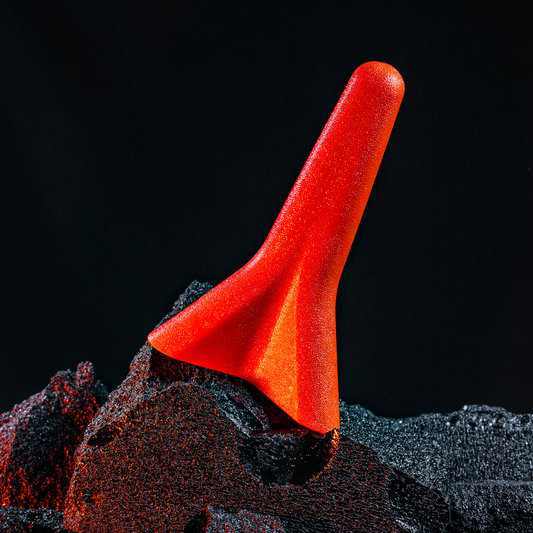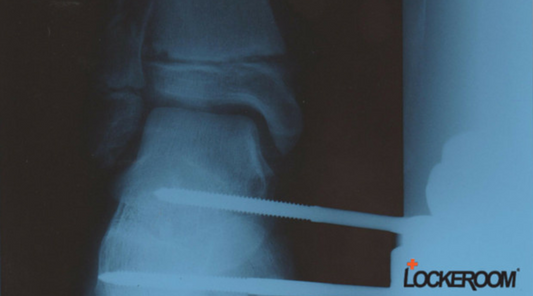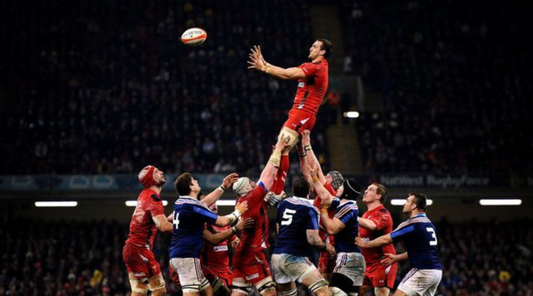
Q&A with Cam
Learn what might be behind your symptoms
What are the most common types of neck injuries you treat?
Most neck pain we treat is related to degeneration and is often linked to factors such as aging, existing neck pathology, repetitive activities and poor posture.
Age-related degeneration can lead to conditions like cervical spondylosis or disc degeneration.
Individuals with pre-existing structural or functional issues may experience worsening symptoms over time, especially if they engage in repetitive activities or maintain poor postural habits, such as improper sitting positions at work.
Additionally, those recovering from trauma, such as muscular strains or wry neck, may face ongoing issues as they return to activity.
Symptoms of these degenerative or overuse injuries can include persistent pain, stiffness, and reduced range of motion. Treatment typically involves assisting in the immediate reduction of pain ( Reducing muscle spasm or tightness) , then managing underlying causes, such as improving posture through mobility and strengthening and improving habits.
How is my neck pain related to posture? That seems too simple!
In our current environments we spend a great deal of time sitting and even slouching forward. This can have a negative effect on your upper body postures and equally on your lower body including Lower Back.
When experiencing neck pain, the best course of action includes several effective strategies to alleviate discomfort and prevent further issues. Wearing a postural brace/using postural taping can help correct poor posture, especially if sitting for extended periods exacerbates the pain. Using a neck massager can reduce muscle tightness and provide immediate relief.
Incorporating an ongoing strengthening program for neck flexors and extensors with a resistance band/ harness can enhance support and resilience in the neck muscles. Additionally, improving daily habits, such as correcting ergonomic setups at work, can prevent strain and promote better neck health.
These combined approaches address both immediate symptoms and long-term prevention.
Does strengthening your neck help prevent concussion?
Yes.
The indications are that isometric neck strength, but not neck size, can assist in the prevention and risk reduction for sport-related concussion.
Those that will benefit most from this approach are amateur athletes, due to the high exposure that professional athletes already receive to neck strengthening.
What is not as well understood yet is the best duration, intensity, and frequency that training programs should adhere to. Peak strength and endurance are suggested as strong goals for any neck strengthening.
What are other ways you can hurt your neck?
Neck trauma injuries can vary from fractures and dislocations to acute discal injuries and muscular strains.
Fractures and dislocations require immediate medical attention and transfer to a hospital, especially if neurological symptoms such as pain radiating down the arm or arms, pins and needles, or weakness are present.
Acute discal injuries often result from axial compression, such as landing on your head, heavy impacts like those experienced by a rugby player in a scrum, or falls from heights.
Forced hyperextension of the neck can also cause significant issues.
Muscular strains, including whiplash from car accidents, lifting overhead in the gym, or football tackles, are less severe but still require attention.
Wry neck, which can arise gradually without a specific traumatic event, may be caused by poor posture, sudden movements, or stress.
How long before I'm back playing footy after I hurt my neck?
Return to play (RTP) recovery time expectations vary significantly depending on the nature of the injury.
For discal injuries that do not require surgery, recovery typically ranges from 12 to 16 weeks, with the timeframe influenced by the type and extent of the discal injury, such as central or foraminal stenosis.
Muscular injuries generally have a shorter recovery period, with some individuals returning to play in as little as one week, while others may require 2 to 3 weeks.
It is crucial that athletes do not return to play if experiencing any neurological symptoms, such as pins and needles, and should only resume activities once they have achieved a full return of strength and function.














